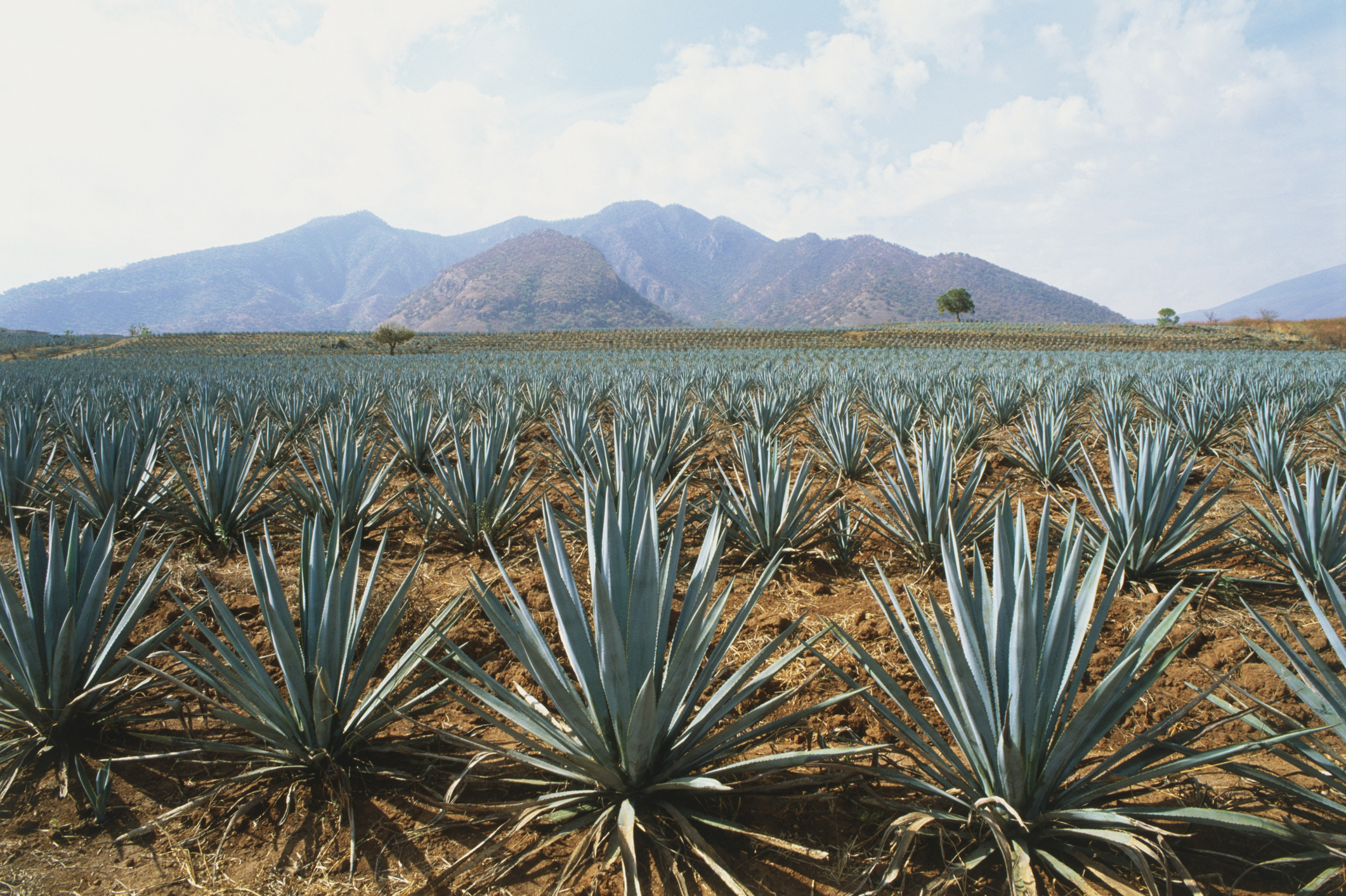If you don’t hate tequila, then you certainly know someone who does. Everyone seems to have a story about a time—usually in high school—when a bottle of Cuervo or some even more foul variety sent them running mid-puke to a toilet and waking up with a hangover like raw despair pulsating behind their eyes. Tequila may be the most reviled spirit in America, which is completely unfair, because the swill that had us heaving our guts out after senior prom was barely even tequila.
In order to meet the standard to be legally called tequila, a spirit has to be made in a specific region of Mexico in and around the state of Jalisco, out of at least 51% Blue Weber Agave. The provenance of the other 49% of the sugar used to ferment and distill the beverage is entirely the producer’s call.
Videos by VICE
As more Americans have developed a taste for the good stuff, sales for super-premium tequila—which typically sells for more than $30 a liter and includes brands like Tres Agaves, Casa Dragones and George Cooney’s Casamigos—have soared more than 800% since 2002. And because super premium tequila is always made with 100% Blue Weber Agave, the past decade has been good to agave farmers. Prices for the crop have climbed tenfold. But even as the cost of their raw materials has skyrocketed, makers of high-quality tequila will not compromise on the 100% agave question, because they cannot.
Why? Because when you’re making tequila, the raw ingredients that go into it matter—a lot. In fact, great tequila makers are too preoccupied with getting the highest quality agave to even think of using another cheaper source of sugar. “You can’t make a good quality tequila if you don’t start with a really good agave,” says Barry Augus, whose Tres Agaves tequila is made at a distillery at the foot of Tequila Volcano in Jalisco by master distiller Eduardo Orendein, a fifth-generation tequilero (and, for what it’s worth, former mayor of Tequila the town).

High agave prices make it more expensive to produce traditional all-agave tequila, meaning there’s temptation to fill out that 49% with non agave sugar sources, which tequileros sometimes do. In Mexico, tequila made with anything less than 100% Blue Weber Agave is called “mixto,” but in the United States, where we have no such commonly understood differentiator, mixto is, tragically, still called tequila. And this is the problem.
Makers of the worst rotgut so-called “tequila” fill out their mixtos with the cheapest sugar they can find, which typically ends up just being cane sugar or high fructose corn syrup. To that unholy concoction they sometimes add coloring, flavoring and other additives, and all of that adds up to a bunch of crap that hasn’t anything to do with agave. (And if top shelf tequila isn’t in your budget, the Kitchn recommends some affordable alternatives here.)
Quality, 100% agave tequila can be a complex, refreshing and relatively healthy way to get a buzz on. But if you ever find yourself considering opting for a cheaper mixto to save a few bucks my advice is to get a beer instead and then slam your head against the bar a few times. It’ll taste better and you’ll feel about the same the next day.

Or, get a vodka. The vast gulf that stands between cheap mixto tequila and higher end stuff contrasts sharply with vodka, a spirit that, by design, doesn’t express anything near the variation found in agave spirits.
According to the Bureau of Alcohol, Tobacco and Firearms, vodka is a spirit “so treated as to be without distinctive character, aroma, or taste,” that strives to be as tasteless and odorless as possible—in other words, a spirit that comes as close as possible to pure, congener-free ethanol. Vodka makers accomplish that by running the spirit through repeated rounds of filtration to strip everything else away.
Smirnoff, the best-selling vodka in America, for instance, starts life as a corn spirit—what you might call corn whiskey or, were it made without license, moonshine—before 10 rounds of charcoal filtration eliminates any memory that Smirnoff vodka once started its life as something that might in an alternate universe have ended up being bourbon.
It’s in the nature of the vodka-making process that a higher price point rarely has anything to do with the quality of vodka, because when you’re filtering flavors and such out rather than putting flavors in you quickly reach a point of diminishing returns. Super cheap vodka is worth avoiding, but expensive vodka is usually waste too. (Thrillist has some suggestions here on several decent, inexpensive vodkas.) The difference between two filtrations and five filtrations is orders of magnitude larger than the difference between 10 filtrations and 20 filtrations.




